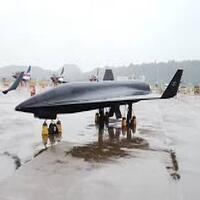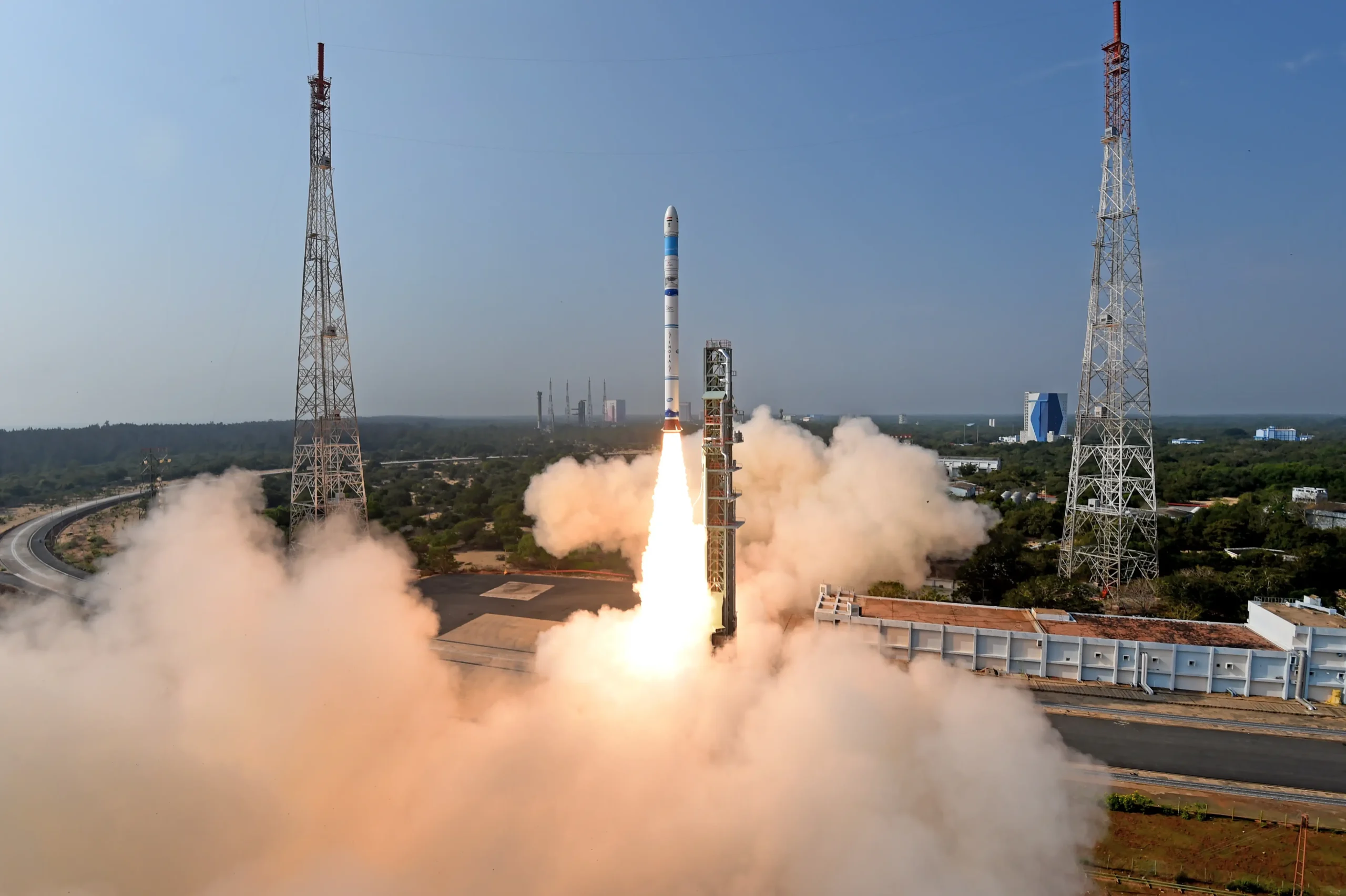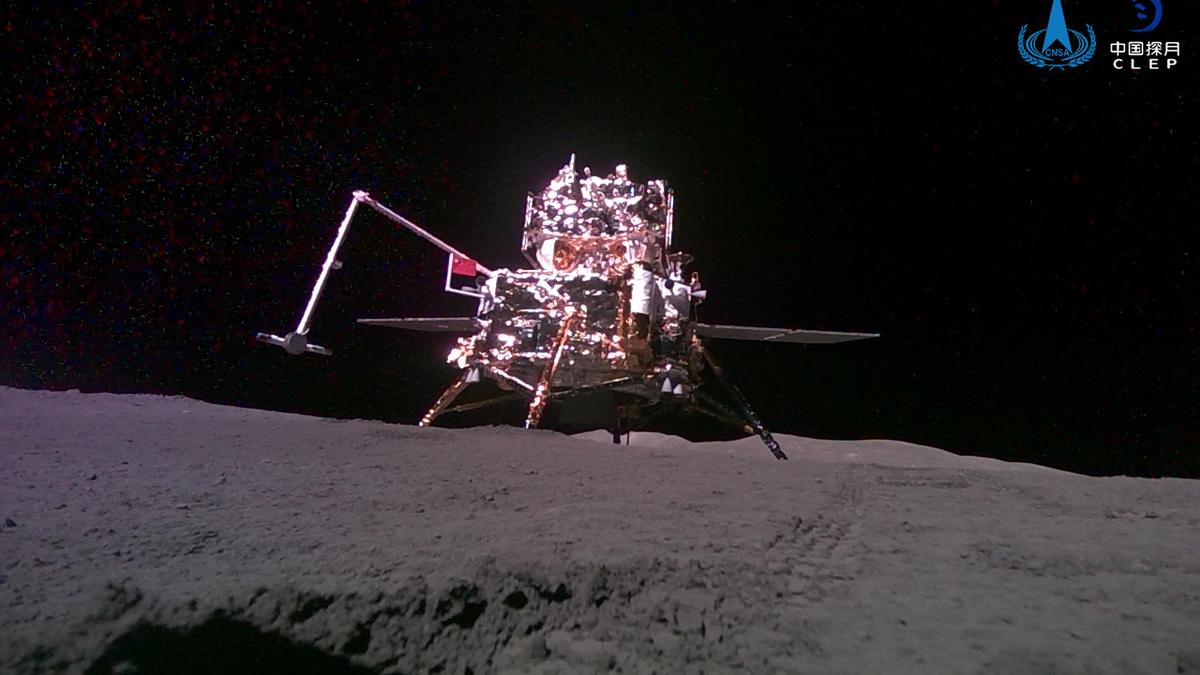
Chinese Scientists Find Water Traces in Lunar Soil
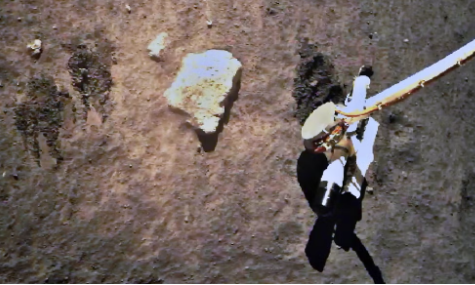
For the first time, water molecules have been discovered in lunar soil by Chinese scientists. This finding may be crucial to comprehending the moon’s evolution and future resource utilization.
NASA claims that samples returned by American Apollo astronauts decades ago showed no evidence of water, leading experts to believe that lunar soil must be completely dry.
Both scientists and space fans are interested in the recent finding of water traces in lunar samples taken by the Chang’e-5 rover. This enormous discovery not only expands our knowledge of the Moon but also opens us fascinating new avenues for research into the Moon in the future.
China’s Chang’e-5 mission successfully returned lunar samples from the lunar surface in December 2020. China was attempting to take samples from the Moon for the first time with this mission, and scientists expected to gather useful information from the uncontaminated lunar minerals. Significant amounts of water were found in these samples after further research, which aroused interest among scientists worldwide.
The possibility of maintaining human habitation beyond Earth and the impact of water on the Moon on upcoming lunar missions are both significantly affected by its existence. This paper explores the results, their importance, and the implications for further research.
China Chang’e-5 Mission
Background
On November24,2020, the Chang’e-5 mission was launched. Gathering samples from the Moon’s surface and returning them to Earth for examination were its main goals. With the help of a lander, an ascender, and an orbiter, this audacious project demonstrated China’s expanding space exploration capabilities.
Sample Collection
On December 1, 2020, the spacecraft made a successful landing on the Moon. It took nearly two weeks to gather 1,731 grams of lunar rock and soil samples from the large lava plain known as Oceanus Procellarum. The Chang’e-5 mission returned samples that gave scientists a rare chance to investigate the Moon’s geological past.
Also Read: China makes history brings millions of years of old rocks sample from the Moon’s Far Side
Also Read: Aerospace startup Agnikul Cosmos eventually ready to launch its maiden satellite
Discovery of Water Traces
Initial Analysis
On December 17, 2020, experts returned to Earth and at Chinese research institutes, they started doing in-depth analyses of the lunar samples. The samples were primarily analyzed by researchers using a variety of methods, such as mass spectrometry and infrared spectroscopy, to look for evidence of water.
Findings
Researchers revealed their ground-breaking discovery early in 2021: there were signs of water and hydroxyl molecules in the lunar samples. It surprised experts because there was more water present than they had thought. This finding contradicts long-held beliefs that the Moon is an entirely dry celestial body.
Importance of the Discovery
Finding water in lunar sample material is crucial. In addition to being a necessary resource for human survival, water can be utilized to provide fuel for return trips to Earth, increasing the likelihood that people will be able to live on the moon. It also implies the possibility of the existence of lunar water beneath and at the poles.
Implications for Future Lunar Exploration
Assisting Human Missions
The approach for upcoming lunar missions is drastically changed by the discovery of water on the moon. The Moon is increasingly seen by space agencies like NASA and the European Space Agency as a more feasible location for extended human exploration. Water resources can sustain life, lower the cost of transportation, and open up new avenues for scientific research.
Future Research Direction
- Targeting Water-Rich Areas: Upcoming missions might concentrate on making landfalls in areas that are thought to contain a lot of water, including the polar regions.
- In-Situ Resource Utilization (ISRU): The idea of utilizing resources that are present on the moon, or ISRU, becomes more practical. Water could be harvested, cleaned, and used to produce oxygen, rocket fuel, and drinking.
- Potential for Life: Examining water traces also piques interest in the possibility that there was once life on the Moon. The results thus far do not support the existence of life, but they do provide new opportunities for studying the climate history of the Moon.
Opportunities for Collaboration
Cooperation between multinational space organizations may expedite exploration activities on the moon. Pooling resources and data could result in creative solutions for long-term lunar bases. Collaborative missions could maximize scientific output while exploring water-rich areas more effectively.
Challenges to Come
There are still many obstacles to overcome despite this encouraging finding.
Technical Hurdles
- 1. Water Extraction: It is technically difficult to develop effective techniques for removing water from the lunar surface. Technology needs to be developed by scientists in order to extract water in significant amounts.
- 2. Safety Concerns: The possible risks of lunar exploration, like as radiation exposure and equipment malfunctions, must be addressed by future missions.
Chinese scientists have made a significant advancement in space exploration with their discovery of water traces in lunar samples. It not only deepens our knowledge of the Moon but also has significant ramifications for upcoming expeditions.
With humankind poised to enter a new era of lunar exploration, missions can become sustainable if water resources are strategically integrated. Future human undertakings beyond Earth will be defined by cooperative efforts, technical developments, and responsible exploration techniques.
